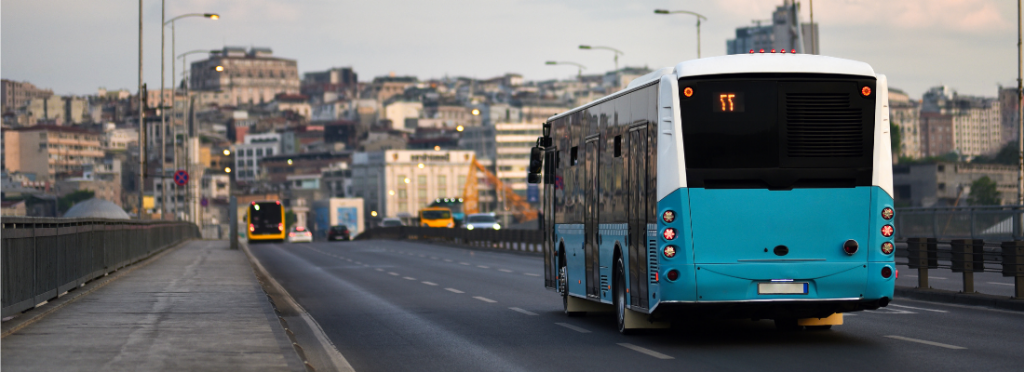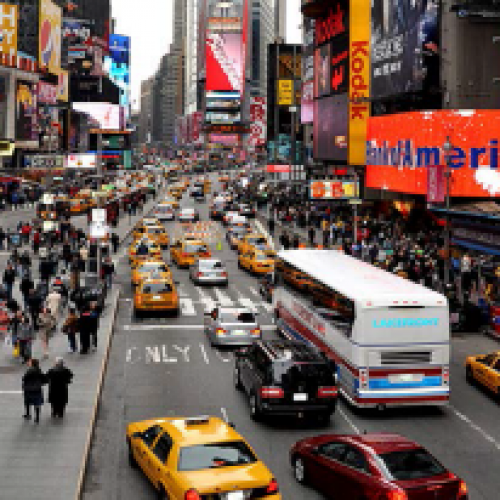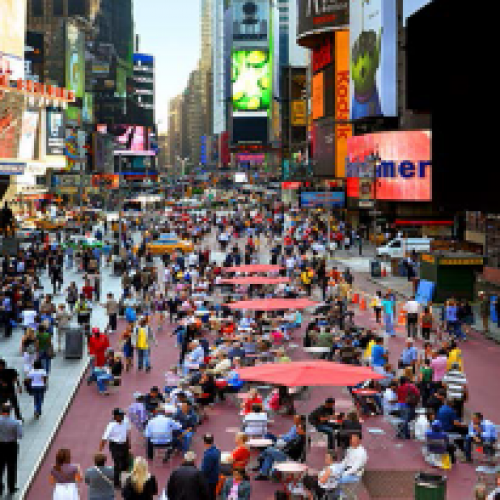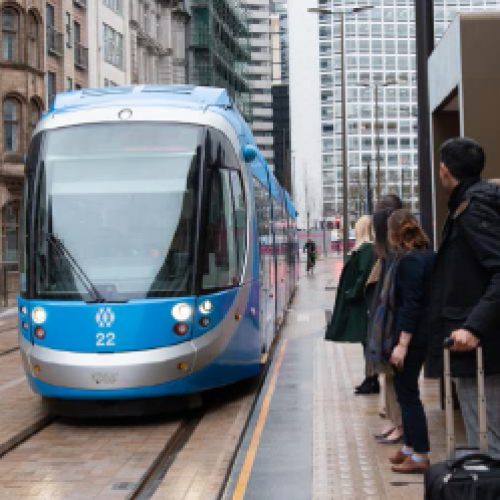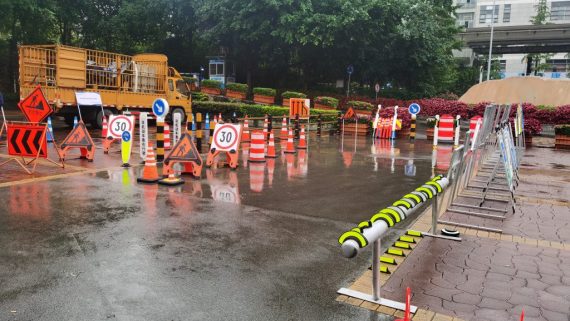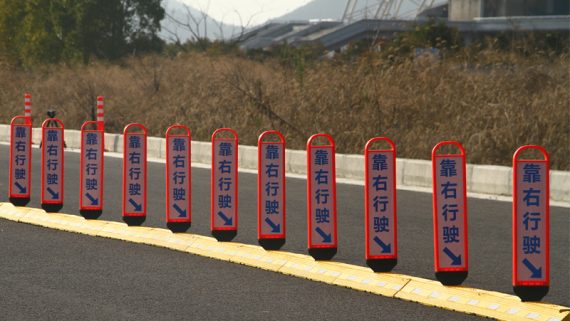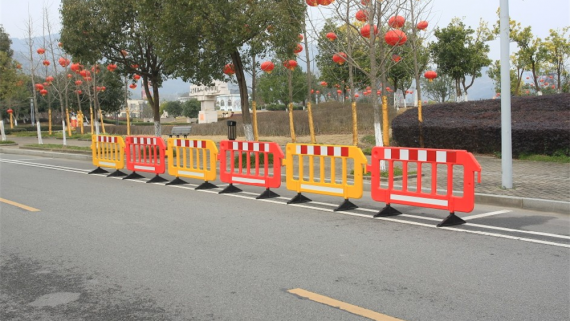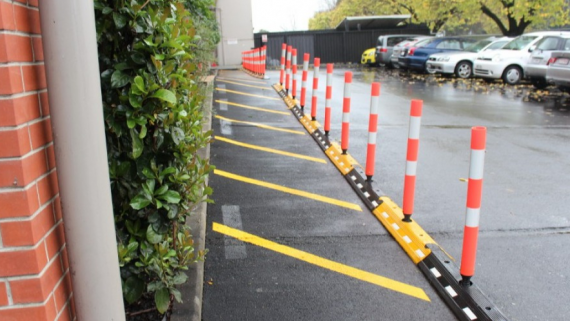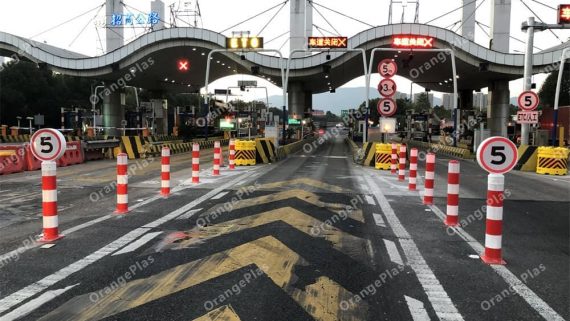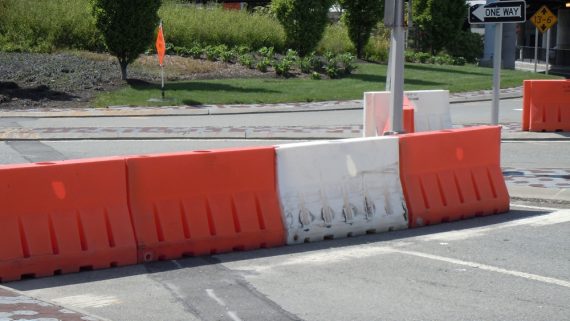Public transport after COVID-19
As the world starts to sputter back to life after one of the most tumultuous and difficult periods since the Second World War, the noticeable rise in public transport usage has become something of a barometer. For those that have had no choice but to continue going into work by public transport, even at the height of Covid-19, virtually empty trains, trams, buses and metros have become an all-too familiar sight, as if the six people on board the 0755 have somehow survived an apocalyptic event. And in some ways, of course, they have. Over the last few months though, and with an enormous debt of gratitude to the scientists responsible for developing the vaccine public transport patronage has started to creep back up. However, the challenge is far from over.
“Public transport is the backbone of sustainable urban mobility, providing an essential service to keep the heart of cities beating. By investing in public transport and encouraging active mobility, we can build back to better mobility, better cities and better lives,” says the UITP website’s bespoke Covid page.
“Extensive evidence has repeatedly shown that with the correct measures in place, public transport is COVID-safe. And by sharing knowledge, studying data and organising events, our global membership aims at helping the sector in rebuilding after the pandemic.”

